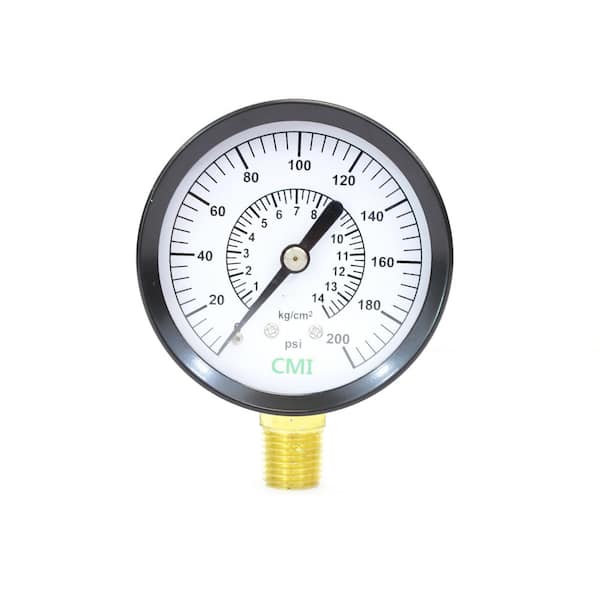

The reason is that as the fixtures are rotated from 12:00 to 6:00 while mounted on the machine, the reading given includes a combination of sag and misalignment. It is important to note that indicator bar sag cannot be determined from a reading taken by rotating the shafts. To determine the amount of sag, the fixtures must be taken off the machine and remounted on a rigid mandrel, such as a piece of steel pipe. As long as the amount of bar sag is known and is consistent, it can be compensated for during the alignment process.ĭuring each alignment task, after the indicator(s) have been set up on the machine, it is necessary to determine how much bar sag exists. If it is not kept to a minimum, it is often not repeatable and, therefore, introduces different amounts of error.

In all cases of alignment, efforts should be made to minimize the amount of sag present.

The bending action occurs as a result of gravity and cannot be totally eliminated in almost all cases of alignment. The dial indicator bar sag describes a bending of the hardware used to support a dial indicator or other part which spans the coupling. As the plunger moves into the case, the needle travels clockwise…giving a POSITIVE reading.ĭial Indicator Signs 2 Dial Indicator Signs 3įigure 3.3 Positive readings when the plunger moves into the case, negative when the plunger moves out.As the plunger moves out of the case, the needle travels counter-clockwise…giving a NEGATIVE reading.With the plunger set to approximately mid-position, the face dial is set to read zero.įrom this zero reference point, two rules apply: The two types of face design are balanced and continuous. The number of set up options are too numerous for this discussion.

The case is held by a clamp and holding rod which are, in turn, held by a jig or magnetic base. The face can be rotated so that the needle points to zero. The plunger moves a needle clockwise when pushed in and counter clockwise when let out. For shaft alignment, we typically use dial indicators with 0.250″ – 0.300” total travel. The total travel (all the way out to all the way in) varies depending on the particular indicator model. The plunger is fully extended out of the case if no pressure is applied to it. The plunger is a spring loaded part that can be depressed into the case causing the dial to move clockwise. The primary parts of a dial indicator are the face or dial, the case, and the plunger. The horizontal face is parallel to the axis of the indicator, and the indicator can be mounted either horizontally or vertically from the front, top or back of the indicator.Dial indicators are measuring devices designed expressly to measure relative position. The dial test indicator’s one-piece movement provides high-impact resistance and better durability, while jeweled bearings deliver high sensitivity and quick response. The Mitutoyo horizontal type dial test indicator with reversible measuring direction and adjustable contact point is ideal for measuring surface variations in narrow or recessed areas with high precision.


 0 kommentar(er)
0 kommentar(er)
